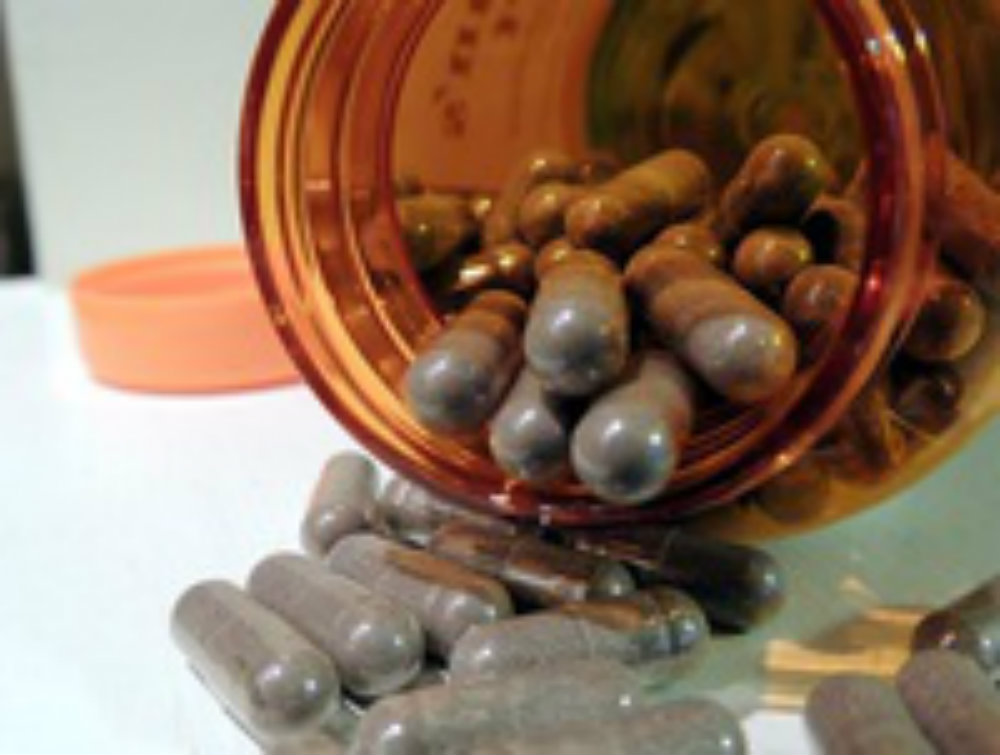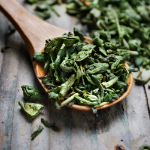Understanding the Best Form for Herb Preparation:
Tailoring Processing to Suit Your Needs. For instance, a cut form is ideal for tincture making, while powder form excels for capsule production. Refer to the chart below for further insights. If you are going to make your own capsules, then powder would be most advantageous. See the chart below to learn more.
Powdered Concentrates |
Powdered concentrates have different yields compared to an herb in regular powder form. Powdered concentrates have been processed, and usually contains dextrin, an extract from corn. Herbal extracts that have been processed to remove the plant material and retain the active compounds. These powders are typically made by extracting the desired constituents from the plant material using solvents like water, alcohol, or CO2. After extraction, the solvent is evaporated, leaving behind a concentrated extract in powder form. Extract powders are often standardized to contain specific amounts of active compounds for consistency and efficacy. They are commonly used in supplements, herbal remedies, and culinary applications for their concentrated potency and ease of use. Extractors are stainless steel, vacuum-sealed chambers, and this combination of low temperature extraction and vacuum–sealed container ensures that no active ingredients or essential oils are lost when released during the decoction process. Container Size: 100 grams (3.5 ounces) |
Powdered Herbs |
Herb powders are finely ground plant materials derived from various parts of herbs such as leaves, roots, bark, seeds, or flowers. These powders are created by drying the plant material and then grinding it into a fine, uniform consistency. Herb powders retain the natural properties and constituents of the original plant, including vitamins, minerals, antioxidants, and other bioactive compounds. Herb powders can be used in a variety of ways, including:
This powder can usually be put into capsules. In general terms, the powders are the same consistency as baking flour. The high sugar content powders such as Gou Qi Zi and Shu Di Huang are sticky, hard, and lumpy. Container Size: One pound (1 lb.) unless otherwise noted. |
Cut and Sift |
Cut herbs refer to dried plant materials that have been chopped or cut into smaller pieces for various purposes, such as culinary use, tea blending, or herbal preparations. Unlike herb powders, which are finely ground, cut herbs retain their original size and shape to some extent. Here are some common uses of cut herbs:
Cut herbs offer a convenient way to incorporate the flavors, aromas, and health benefits of herbs into various applications, providing versatility and flexibility in herbal usage. In general, they are about 1/4 inch in size. Container Size: One pound (1 lb.) unless otherwise noted. |
|
Whole
|
Whole herbs refer to dried plant materials that are harvested and sold in their natural, unprocessed state. Unlike cut herbs or herb powders, which are chopped, ground, or processed in some way, whole herbs retain their original form, including leaves, stems, roots, seeds, or flowers. Here are some characteristics and uses of whole herbs:
While whole herbs may require additional preparation compared to their processed counterparts, they offer a natural and holistic approach to herbal usage, allowing users to experience the plant in its entirety. On rare occasion, herbs are sold whole. For example, reishi mushrooms have been known to be the size of 4 inches in diameter. Container Size: One pound (1 lb.) unless otherwise noted. Other Whole Forms: Chamomile Flowers, Lavender Flowers, Magnolia Flowers, Schisandra Berries, and Dang Gui Tou. |
|
Teapills
|
Chinese teapills, also known as Chinese herbal pills or herbal pellets, are a traditional form of Chinese herbal medicine. These are small, spherical pills made by combining powdered herbs with a binding agent, traditionally honey, and forming them into small pill-like shapes. Here are some key points about Chinese teapills:
Teapills are small pills which have already been formulated and made into small, pea-sized spheres. The teapills are swallowed whole with room tempeture water. Depending upon the formula, they may be taken before or after a meal. Check with your health provider for proper usage. The formula is usually based on ancient Chinese medicine. Container Size: Teapill bottles usually contain 200 teapills unless otherwise noted. |
|
Capsules
|
Capsules are available in gelatin capsules and vegetarian capsules. Empty gelatin capsules contain only high-quality beef gelatin and purified water. Empty vegetable capsules (also referred to as empty vegetarian capsules) consist of only two ingredients: HPMC and purified water. HPMC (hydroxypropylmethylcellulose) is derived from vegetable cellulose. The capsules are 100% natural and contain no preservatives, gelatin, wheat, animal by-products or starch, and they are made from pure cellulose of either pine or poplar. Please see each individual product for further information. |
|
Loose Leaf
|
|




